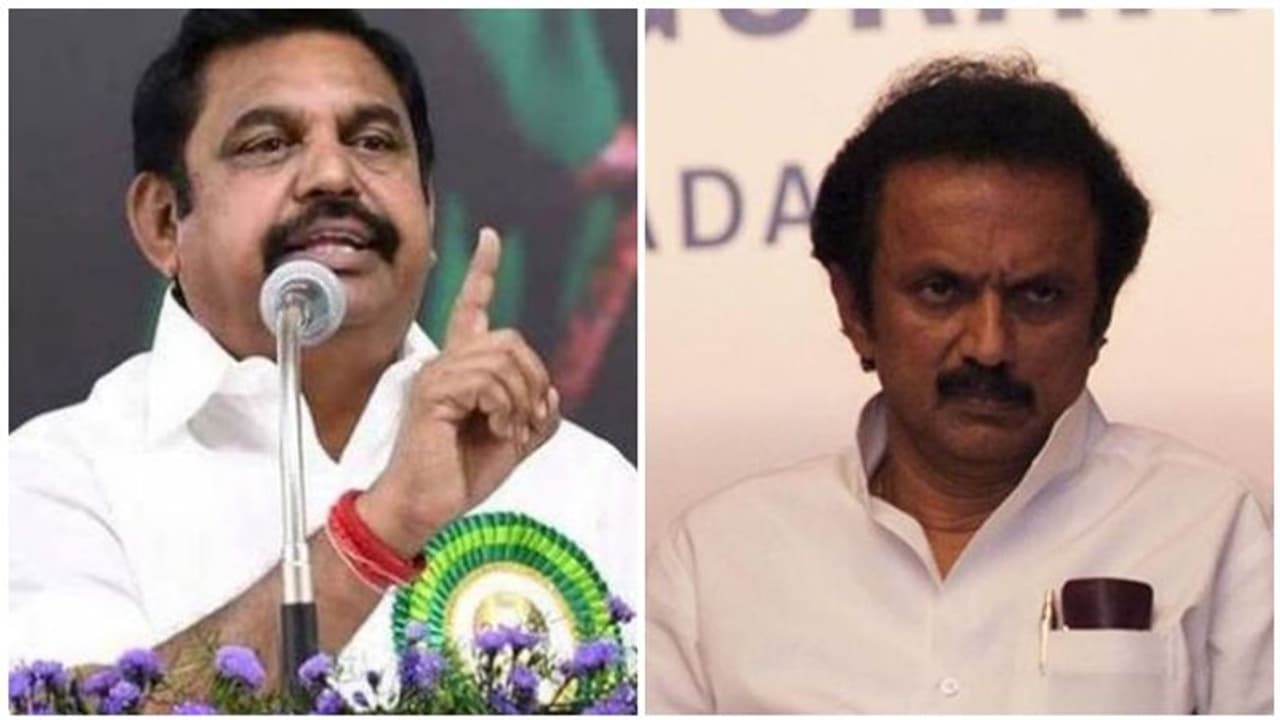The AIADMK and the DMK are going all out to secure the Vellore seat which goes to poll on August 5. The AIADMK seeking to emerge out of the shadows of the BJP has a major point to prove.
The election to the Vellore Parliamentary constituency, which had to be cancelled after bales and bales of currencies were fished out from places known to be close to the DMK candidate, in the current situation should not attract major attention.
After all, the BJP, with over 300 members in Lok Sabha, has nothing to lose or gain over one seat. Locally, the Congress and the DMK, which won a remarkable 37 of the 38 seats at stake in Tamil Nadu in the general elections, has nothing much more to prove now.
But the Vellore election does not seem all that low-key what with both the Dravidian parties (the DMK and the AIADMK) pulling out all stops to capture the seat, which goes to poll on August 5.
The candidates of the two parties remain the ones that were announced prior to the cancellation of the polls. DMK has fielded Kathir Anand, the son party treasurer and a frontline leader of the party, Durai Murugan. Contesting under the AIADMK's two leaves symbol is AC Shanmugham, belonging to the New Justice Party.
Chief minister Edappadi Palaniswami and DMK president MK Stalin have hit the campaign trail with vehemence and are pulling out all the stops to make an impact.
But more than the DMK, the AIADMK has a major point to prove, especially to itself, as it seeks to emerge out of the shadow of the BJP.
After the demise of its charismatic and powerful leader J Jayalalithaa, it is a fact that the AIADMK looked bereft of ideas at the top, and soon enough dovetailed itself to the BJP. Both Edappadi Palaniswami and his deputy O Panneerselvam may have been at loggerheads between themselves but seemed totally loyal to the BJP.
Post the general election, in which the alliance block (also including the DMDK, the PMK and Puthiya Tamilagam) could win only one seat (Theni), there has been a general feeling in the AIADMK that it is losing its traditional voter base and alienating certain other sections.
During the in-house brainstorming sessions, the party leaders more or less veered around to the view that the loss in the general elections was more due to the anti-BJP feeling in the state. The fact that the AIADMK managed to win 9 of the 22 seats in the Assembly by-elections (held along with the general elections), in which the BJP was not a factor (it was not in the fray), more or less convinced the party elders that the party would be better off in the state by staying away from the BJP.
Conveying the mood that the AIADMK would want to hold out appeal to the minorities, it, out of the blue, nominated Mohammad John and N Chandrasekaran to the Rajya Sabha. It was an obvious strategy to cosy up to the Muslim and Dalit vote bank.
In a further signal about where the alliance between the two parties stand, no BJP leader has so far campaigned in Vellore. Though officially the two parties have not walked away from each other, the portents are clear. The AIADMK continues to toe the BJP's line in Parliament. But it is obvious it is an uneasy phase that the two are enduring.
The AIADMK is using the Vellore election to test out whether it continues to remain a force by itself in the post-Jayalalithaa political world. If it wins the seat, it can feel confident about itself and start charting a course away from the BJP.
If it comes a cropper, it can anyway go back to the BJP, which for sure needs the crutches of the Dravidian parties to try and take root in the state.
In that sense, the BJP would be watching the Vellore election with rapt attention even though it doesn’t seem to have any direct stake on its outcome.
